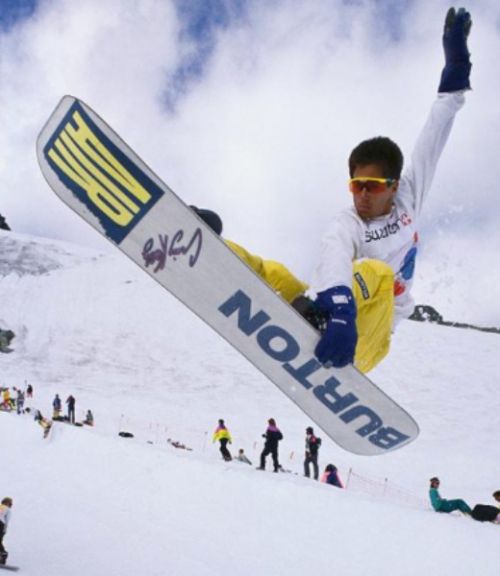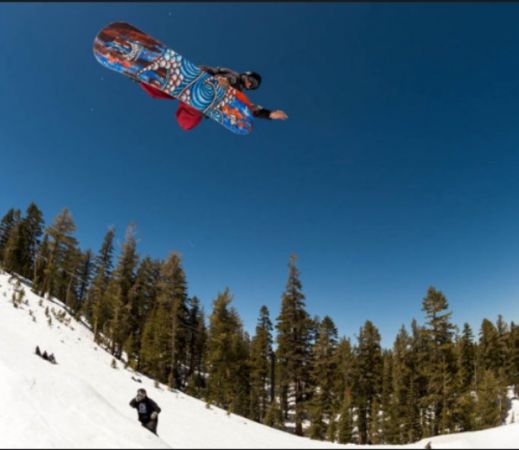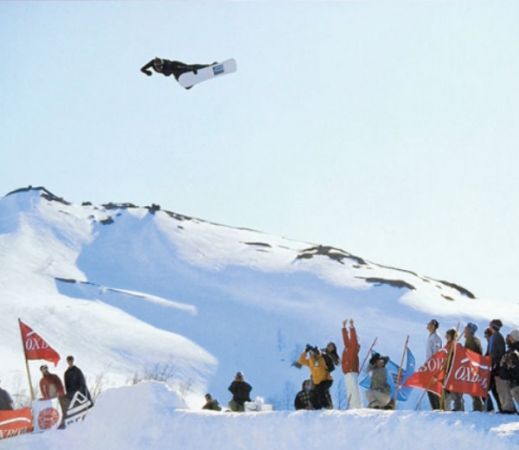HOW DID IT START?
The first modern snowboard is considered to be the snurfer, created by engineer Sherman Poppen to entertain his children. Originally conceived as a homemade version of a monoski, the snurfer gained popularity when children began riding it sideways, akin to surfers on waves. Poppen added metal edges and patented it under the name "snurfer".
In 1979, the first World Snurfing Championship was held at Pando Ski Lodge in Michigan, where Jake Burton Carpenter participated with a board of his own design. His participation with a board different from the snurfer sparked protests, leading to the establishment of a separate section. Burton won this section, marking the first true snowboarding competition.
Throughout the 1970s and 1980s, various designers modified the snurfer, introducing enhancements such as foot straps and improved flex. It was only after years of development that snowboarding evolved into a mature sport. Burton's visit to Austria sparked technological advancements in snowboard design, including P-Tex bases, sandwich construction, and metal edges, transforming snowboarding into a tool usable beyond snowy slopes.
In the early 1980s, Jeff Grell invented a rear spoiler for bindings, enhancing maneuverability on icy snow and improving board responsiveness.
The first snowboard brands were founded in America by pioneers such as Dimitrije Milovich with Winterstick, Jake Burton Carpenter with Burton in 1977, and Bob Webber and Chuck Barfoot with Barfoot. In Europe, Lucio Longoni was among the first to introduce snowboarding with Funky.
This evolution propelled snowboarding beyond a mere toy, transforming it into a beloved sport practiced worldwide.












